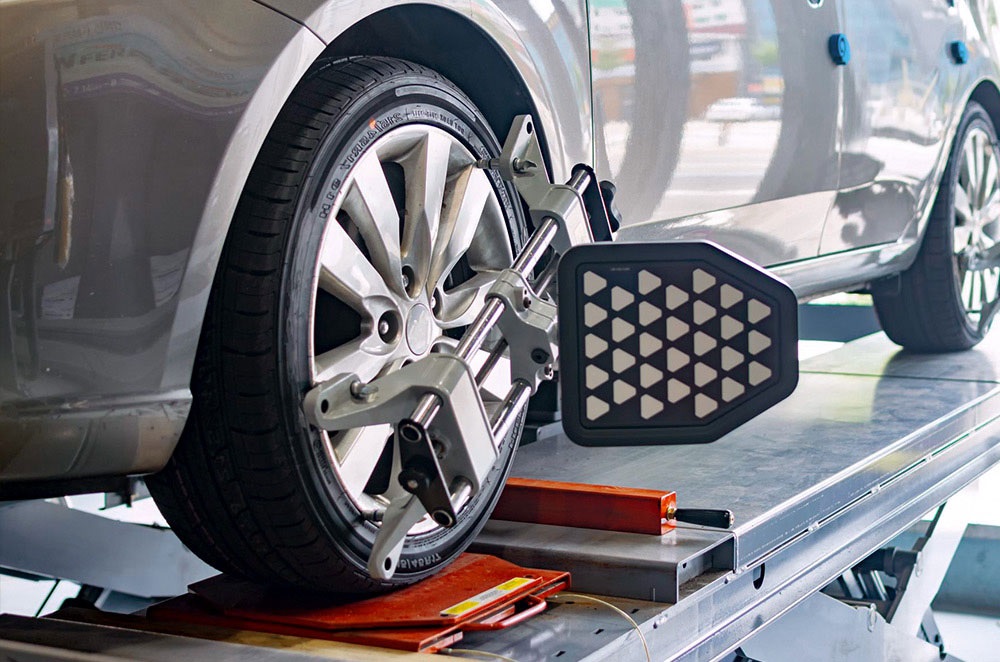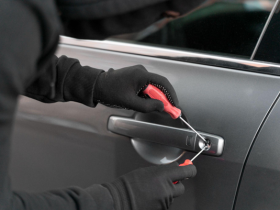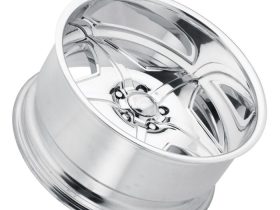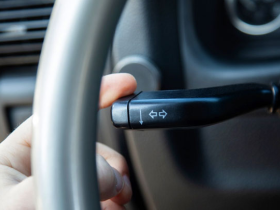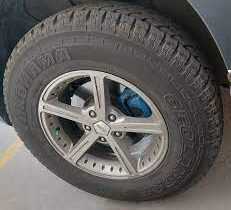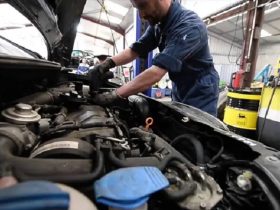Seasonal changes can take a toll on your car’s exterior, especially the factory finish. From the harsh sun of summer to the cold, icy conditions of winter, extreme weather can accelerate wear and tear on your vehicle’s paint. Factors like UV rays, road salts, and fluctuating temperatures can cause fading, cracking, and even corrosion. Understanding how these seasonal shifts impact your car’s finish is crucial for preserving its appearance and value throughout the year.
Protecting Against UV Damage in Summer
During the summer months, intense sunlight can cause the clear coat on your car’s paint to break down, leading to fading and oxidation. UV rays break down the chemical bonds in the paint, causing it to lose its shine and color. To protect your car from sun damage, regularly apply a high-quality car wax or paint sealant. These products form a protective layer that shields the paint from harmful UV rays. Additionally, whenever possible, park your vehicle in shaded areas or use a car cover to limit sun exposure. Regular washing and drying will also prevent dirt and grime from building up and causing further damage. For such issues in the diesel cars, the Diesel Repair in Houston, TX based services are the right ones.
Defending Against Winter Elements
In colder climates, winter weather poses a unique set of challenges for your car’s finish. Road salts and chemicals used to melt snow and ice can cause corrosion and rust, particularly on the undercarriage, wheel wells, and lower body panels. The combination of salt, slush, and moisture can create the perfect environment for rust to form. To protect against this, it’s important to regularly wash your car, especially after driving on salted roads. Be sure to focus on areas where salt and moisture accumulate. Applying a protective layer of wax before the winter season begins can also help repel moisture and provide an additional barrier against the elements.
Addressing Temperature Fluctuations
Frequent temperature changes between day and night, or between seasons, can lead to paint cracking or fading. These fluctuations cause the car’s metal body to expand and contract, which can put stress on the paint and clear coat. To minimize the risk of damage, avoid washing your car when it’s extremely hot or cold. If you need to wash it in winter, ensure the car is completely dry before exposing it to freezing temperatures. In the warmer months, wait for the car to cool down before washing to prevent water spots and streaks.
Regular Maintenance and Preventive Measures
The best way to preserve your car’s factory finish is through consistent maintenance and preventive care. Regularly washing your car, applying wax or paint sealant, and keeping the exterior free of debris are key strategies. Consider professional detailing every 6 to 12 months to remove contaminants that may have bonded with the paint. Additionally, inspect your car for chips, scratches, or other imperfections that may expose the metal underneath. Touching up any paint damage promptly will help prevent rust and maintain the car’s appearance over time.

